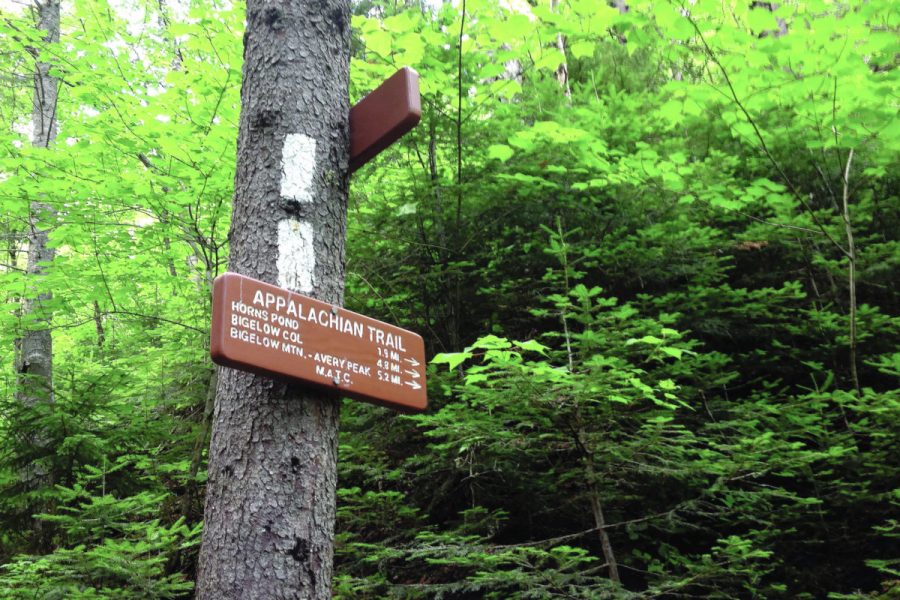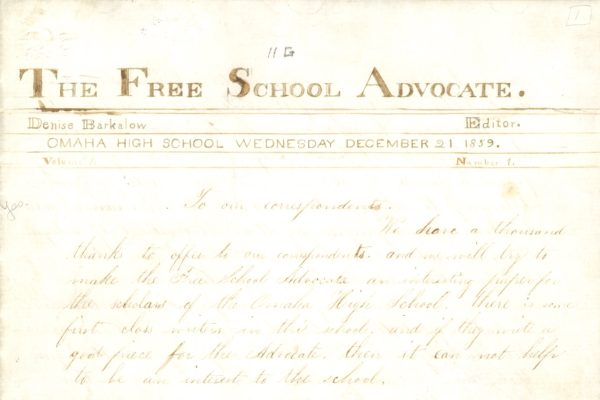Charlie’s stories from the trail
Photo: Appalachian Trail Conservancy https://appalachiantrail.org/explore/plan-and-prepare/hiking-basics/
I spent a month of my life completely outdoors. For 22 days, spanning from July 21 to August 13, I was quite literally outside for all hours of the day except for those spent in my tent. During this time, I hiked approximately 200 miles across the Appalachian Trail (AT), through the state of Maine. While this doesn’t even scratch 10% of the entire AT—which spans 2,200 miles along the east coast from Georgia to Maine—what I experienced was life changing and I come back to civilization with anecdotes, accounts and advice from the trail.
- Margaritaville
Hiking the AT—the holy grail for backpackers, mountaineers and outdoorsmen— you are bound to encounter a multitude of personalities at every stopping point. As one of my group members liked to say, “you have to be at least a little weird to hike the AT.” An interaction that stuck out to me was a conversation I had with two northbound Thru Hikers (hikers that hike the entire AT).
The pair of hikers, Colton and Margaritaville, were on the home stretch of their over 2,100-mile hike. Margaritaville, a North Carolina native, was entering graduate school to eventually become a school counselor. Her entire summer was planned around hiking the AT.
To non-thru hikers, the name Margaritaville may sound outlandish, even insulting. Margaritaville is a trail name—an alias that hikers “earn” through their hiking experiences on long trips. While our conversation stretched long past my planned 8:30 P.M. bedtime, I never found out the story behind Margaritaville’s trail name.
Further along in my trip I met Speedbump. Speedbump was a Florida native, hoping to hike all the way from the summit of Katahdin at the end of the A.T. in Georgia, then back to his hometown, Tampa Bay. He explained that his name was bestowed upon him because he was the slowest member of his hiking group, a “speedbump.” He didn’t seem to care all too much. Through puffs of a hand-rolled cigarette, Speedbump explained to me, “It’s your hike. It doesn’t matter what anyone else thinks.”
I earned my trail name on the sixth day of my trip. This was the day we were set out to hike to Baxter Peak on top of Katahdin, the tallest peak in the state of Maine. It stands at 5,269 feet, 11 feet off a mile high. As one of the slower hikers in my group, especially on the uphill, I was at the back of the line with my counselor, Jimbo.
About a third of the way up, Jimbo fell violently ill from dehydration, and was forced to throw in the towel. He gave me the med-kit, InReach(satellite phone) and a caffeinated water-enhancer and sent me up the mountain on my merry way. I reunited with my group a mile off the summit, to all of their surprise. The trail name “Solo” was bestowed upon me because I hiked one of the most technical days of the trip completely by my lonesome.
- Surviving is hard
Being reduced to my most basic needs while hiking the AT, I learned how truly marvelous the act of surviving is. For 22 days and nights, I had nothing else to focus on besides walking, getting myself water, getting a tent set up and sleeping. And, as simple as it may seem, these tasks are extremely strenuous.
My largest roadblock was my mental health. From the start of the trip to about two thirds of the way through, I truly believed that I couldn’t and wouldn’t finish the trip. Something that had seemed so freeing, so far-out when I signed up for it had finally arrived, and I seemingly wasn’t prepared to deal with it.
This negatively affected my mindset for most of the trip, I was not allowing myself to have a good time. But while down in the dumps and focusing on getting through each day, I realized that the actions and motions that we go through every single day are truly incredible. While on the trail, I didn’t have access to the luxuries we enjoy almost every day that we take for granted. I had to filter my own water using a special cap, sleep in an unwashed sleeping bag on top of a 2-inch-thick sleeping pad that attempted to mask the figures of the rocks and roots below me (spoiler alert—it failed), carry all my food, my dirty clothes and a metal pan in my pack.
But doing all this forced me to accept the fact that the basic act of surviving and caring for yourself is demanding and rewarding and necessary. Give yourself credit. Every single day brings its own challenges, and no matter how big or small, you deserve to be heard and you deserve to care for yourself. Every single act of self-care is essential.
- The trailhead
As I sit at my desk writing this piece, I gain the pleasure of writing about my trip with my rose-tinted glasses on. I (mostly) only remember the good, I cannot seem to remember the bad as vividly. I do remember the fact that I had more bug bites than I knew what to do with, scratches that popped up out of the blue and caused me to bleed all over my clothes, bruises and bumps from who-knows-where, joint pain that made me feel like a senior citizen and blisters the size of golf balls on both of my feet—of which the remnants still exist—but I still look back on my experience on the trail as a good one.
I am proud of how far I hiked and what I accomplished.
I pledged to myself on one of those days when nothing seemed to go right that I wouldn’t ever do a trip anything like the one I was on ever again. The minute the van picked me up from the end of the trail after I had finished the hike, air conditioning and music blasting, my mind slowly started to change. I still don’t understand what I found fun about the trip, but I had fun regardless. In due time, it seems that I will once more find myself at the trailhead.
Your donation will support the student journalists of Omaha Central High School. Your contribution will allow us to purchase equipment and cover our annual website hosting costs.














